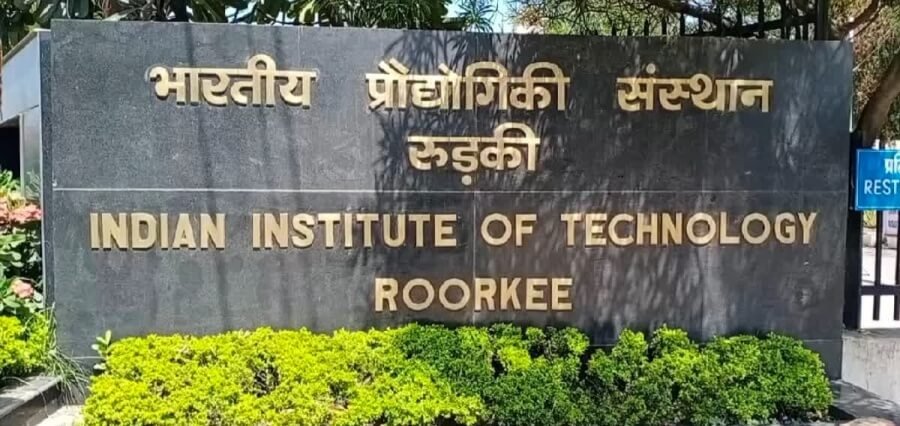Kerala has the highest out of pocket cost in the country and lifestyle diseases have to be a major reason for the growing health cost in Kerala. At another level, high diagnostic charges and increased switching over from hospitals that functioned purely as social institutions to corporate providers of health care are important factors in the setting.
Hospitalization at the household level averages out to be Rs 8,655 in rural areas and Rs 10,341 in urban areas as per the National Sample Survey Office’s Comprehensive Annual Modular Survey 2022-23. Average out-of-pocket costs work out at Rs 2,368 in rural areas and Rs 2,939 in urban areas at the individual level. These figures exceed the national averages of Rs 4,129 (rural) and Rs 5,290 (urban) per house and Rs 950 (rural) and Rs 1,446 (urban) per person.
Another important cost is for all is the non-hospital care. The average and weighted average per capita expenditure by rural households on non-hospital care is Rs 1,177. In the case of urban households, it is Rs 1,163; and individual expenditures are at Rs 322 in the case of rural households and Rs 330, in the case of the urban households.
Kerala has a large elderly population, and the increasing prevalence of lifestyle diseases, especially among the working-age population, is a major driver of hospitalization costs. M Abbas, a Kochi-based health activist, notes that the incidence of lifestyle diseases among individuals aged 19 to 69 is a key contributor. Mr. Vamsi Krishna, adding to this, says that there is wide prevalence of diseases that are non-communicable diseases, which gets a lot of hospitalization and constant follow up treatments.
Huge amount of money put into healthcare by the state is irrelevant, because patients suffer through private hospitals, and the high price of medicines, diagnoses, and treatments. This situation has also led to corporate healthcare providers and away from small not-for-profit hospitals.
Dr Bhaskar Rao, head of Krishna Institute of Medical Sciences (KIMS), feels that there should be appropriate balance in the health infrastructure wherein the primary and secondary hospitals continue to offer low-cost care side by side with large high-tech facilities.
The increasing healthcare cost burden would represent a threat to undermining the affordability and accessibility of medical care for many residents, warns experts, who call for systemic changes to address these issues.
Read More: Click Here





